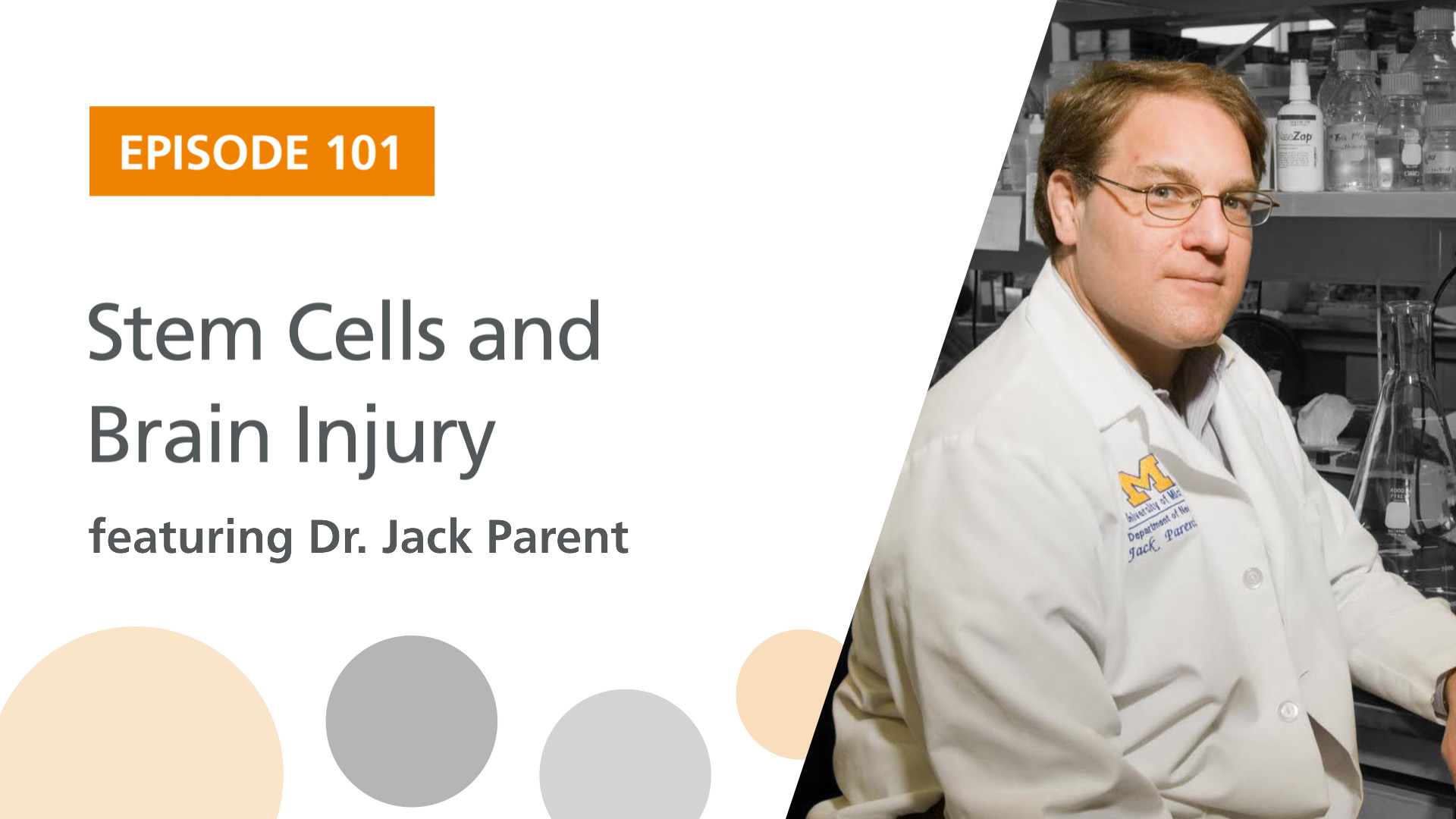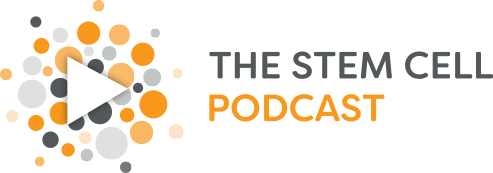
Podcast: Play in new window
Guest:
Dr. Jack Parent is a professor of neurology, director of the Neurodevelopment and Regeneration Laboratory, and co-director of the Comprehensive Epilepsy Center in the University of Michigan Medical School.
Featured Resource: CloneR™ Defined Supplement for Single-Cell Cloning of Human ES and iPS Cells
Resources and Links
Potential Role of Intratumor Bacteria in Mediating Tumor Resistance to the Chemotherapeutic Drug Gemcitabine – Tumor cells grown with bacteria could stave off a common chemotherapy drug gemcitabine because some bacteria can inactivate it.
Seasonal Cycling in the Gut Microbiome of the Hadza Hunter-Gatherers of Tanzania – The microbiota of a group of hunter-gatherers in Tanzania undergo changes in composition depending on seasonal changes in their diets.
Hawai’i Space Exploration Analog and Simulation – Six scientists emerged from eight months of earthly isolation atop Hawaii’s Mauna Loa volcano in a NASA-funded experiment intended to simulate the social isolation of a Mars mission and explore the resulting psychological effects.
Once-Abundant Ash Tree and Antelope Species Face Extinction – IUCN Red List – Populations of North America’s ash trees are in dramatic decline as a result of infections with invasive emerald ash borer beetles, with all but one the continent’s six species reclassified as critically endangered—one category away from extinction.
UCLA Opens First Engineered Blood Stem Cell Clinical Trial for Cancers with the NY-ESO-1 Tumor Marker – UCLA opens first engineered blood stem cell clinical trial for cancers with the NY-ESO-1 tumor marker.
Replacing Reprogramming Factors with Antibodies Selected from Combinatorial Antibody Libraries – Scientists from The Scripps Research Institute led by Kristin Baldwin have found a new approach to the “reprogramming” of ordinary adult cells into stem cells.
Human Stem Cells Alter the Invasive Properties of Somatic Cells via Paracrine Activation of mTORC1 – Scientists from Markus Hengstschläger’s team at the Institute of Medical Genetics of MedUni Vienna have discovered the phenomenon of the “language of stem cells” where stem cells control the cells around them, inducing them to perform specific functions.
Cytoplasmic and Nuclear TAZ Exert Distinct Functions in Regulating Primed Pluripotency – A protein called TAZ can convey very different signals—depending upon not only which variety of stem cell, but also which part of the stem cell receives it.
An In Vitro Model of Lissencephaly: Expanding the Role of DCX during Neurogenesis – This article reports that by reprogramming skin cells into nerve cells, researchers at Karolinska Institutet in Sweden are creating cell models of the human brain.
Photo Reference: Courtesy of Dr. Jack Parent


The discussion on whether the use of stem cells from the early embryo is acceptable or not is a topic where everyone’s views may not be the same. The embryo which can be defined as an unborn offspring in the process of development, in particular a human offspring during the period from approximately the second to the eighth week after fertilization is termed a fetus.
Therefore it is known that the embryo is a potential human being in its stages of early development before birth, and so would consists of mainly stem cells that would diferentiate over time and go on to form tissues and organs. From this knowledge of the embryo I believe strongly believe that the embryo should not be used for such scientific research, simply because a potential human being would have to be killed in the process. I also agree with the statement that for each embryo used in stem cell research would be equivalent to abortion, (John Deighan). However although I don’t agree with the use of embryonic stem cells for research, I do accept the fact the fact that stem cells can be used in the treatment of many diseases, and its research would surely improve the health care system as well as the lives of patients. But, can stem cells be taken from other developed tissues or organ such as the nose or ear for research purpose?
To end my discussion I do agree with both John Deighan and Dr val wilson to a certain extent scine i agree that a human life as well as a potential human life to be valuable. To kill would always be seen as unacceptable, “(John Deighan). Dr Val Wilson also made a very valid point when she stated and i quote, “ It would be up to the patient to allow their embryo to be used for research purposes. Therefore i strongly believe that the views that most closely represents mine would be that of John Deighan and Dr Val Wilson.
I see myself as a scientist and strongly disagree on the ethical basis of stem cell research, it is stated that the blastocyst is a potential human being and using that for stem cell research questions morality, but in fact the blastocyst is merely a ‘bunch’ of cells, there is no distinct differentiation or development of human attributes so I think classifying it as a human being is wrong. As stated, “how we begin as a human being and develop is an old issue, it was until embryos became available outside the womb, that implicated the issues about morality and ethics and to what extent of research should be permitted or not permitted surrounding the human embryo.” On one hand humans want to know of our origin and development but yet ethics try to restrict research and knowledge. According to scientists Dr Val Wilson “you have an embryo can be thrown away or stored indefinitely, and then there’s an already existing person with a serious incurable disease and this favors embryonic stem cell research” I strongly agree with this statement as a mere embryo can be destroyed by its mother via abortions which is legalized in some areas, also contraceptives are promoted but obtaining an embryo to do research and enhance the quality of life of humans is wrong? the ethical views are biased. Treating already existing individuals that are affected by serious chronic diseases should be the firsthand preference. As stated by Professor Elena Cattaneo, “Embryonic stem cells know how to create every single cell type of the organism body and all secrets are there, we just have to discover them”.All the cells are totipotent in the blastocyst and can be used to enhance science and further cure diseases. Stem cell research contributes to limiting the suffering of already existing humans, treating incurable diseases such as Alzheimer’s , diabetes, parkisons disease. It can be used in the treatment of 1st, 2nd and 3rd degree burns, which can change the lives of the persons affected by such disaster. With extensive stem cell research science can make a huge breakthrough and may fully cure these diseases and limit suffering among people. Although diseases may be a form of population control, seeing already existing children and adults suffering and not doing anything to help is inhumane, when we do in fact have ways of helping.